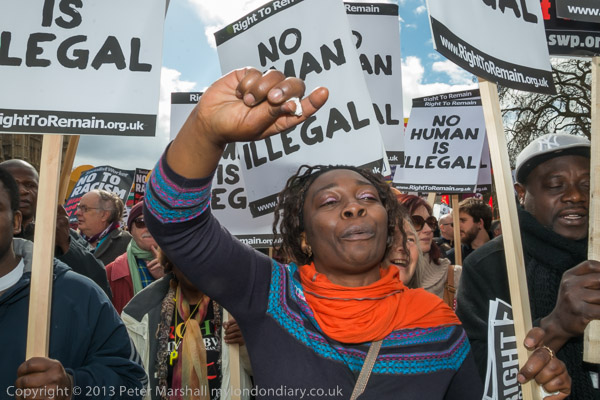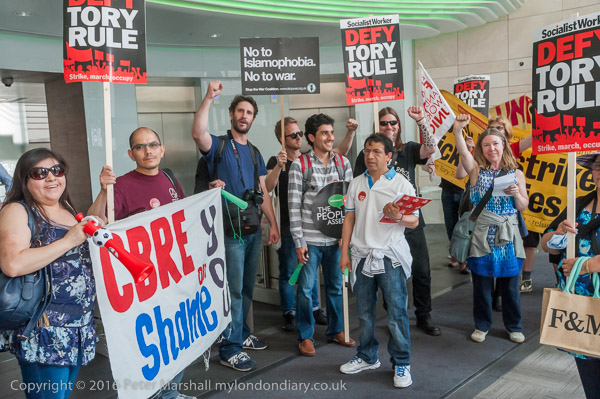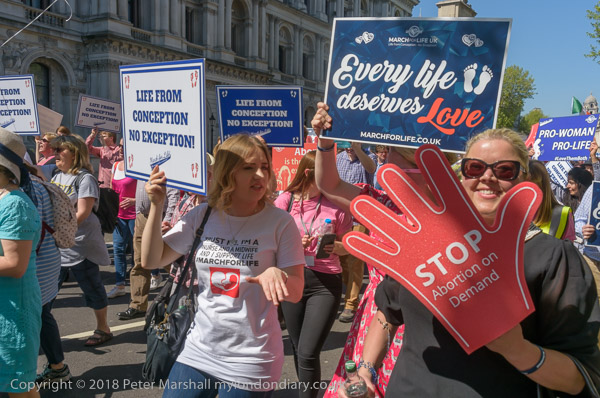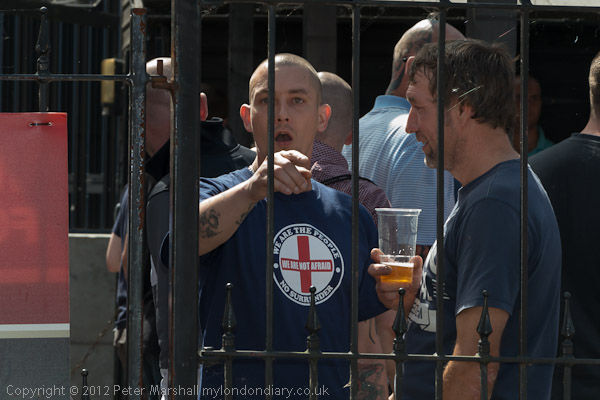London March Against Fascism: Last Saturday, 13th September 2025 I went to the march organised by Stand Up to Racism to oppose the protest by the extreme right, led by Tommy Robinson, taking place on the same day.

The march was backed by around a dozen trade unions as well as groups such as Stop The War, the Muslim Association of Britain, the Jewish Socialist Group and others and around 20,000 came, a respectable number (although at least one media report – I think on the BBC – put it at 500.) It was led by a large group of women from the recently formed ‘Women Against The Far Right’.

But that number on this march was far smaller than the 100-150,000 who marched with Tommy Robinson, far larger than he ever managed to assemble in the days of the EDL, and one that reflects the current dissatisfaction of almost the whole people of our country with our governments, Tory and now Starmer’s Labour.

The Labour landslide last year was a rejection of the successive Tory governments and reflected a need for change, for something better, but what we have seemed to get under Starmer is more of the same.

On Saturday I heard large groups from both marches chanting loudly about the need to get rid of Starmer – it was the only thing the two groups had in common. Their views on what should replace him were very different.

Much of the blame for the rise of Farage and Reform lies with the media, particularly the BBC, who relentlessly promoted Farage because his controversial views made ‘good TV’ at a time when he was an outlier in UK politics, while at the same time largely suppressing the views of those left of centre.
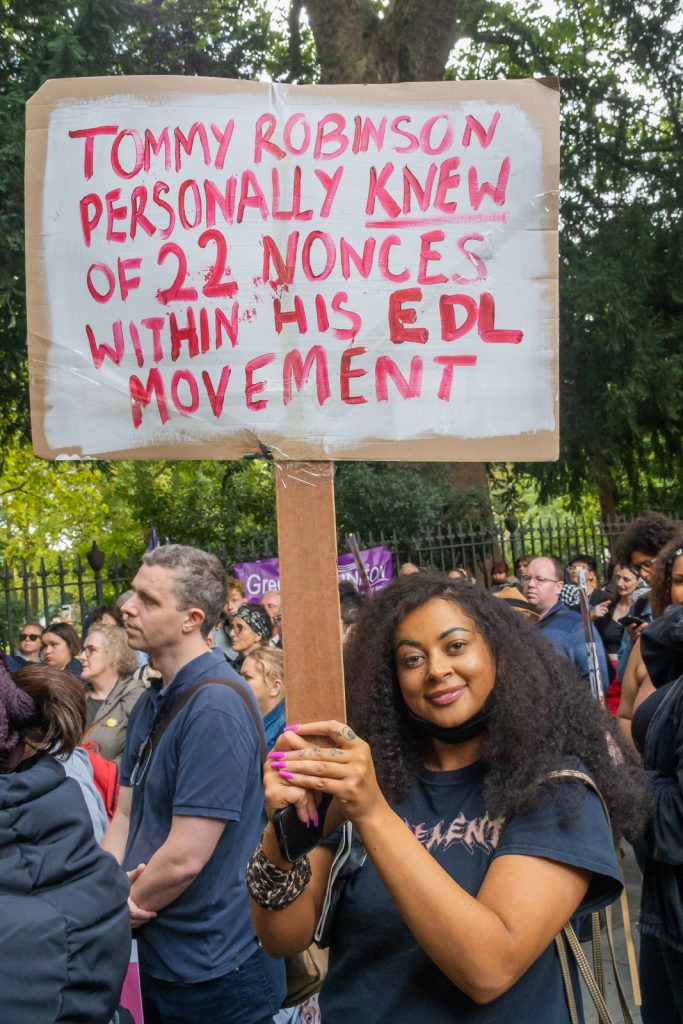
It was no surprise to me – or anyone else who follows events – that the right wing protest ended in violence directed at the police and peaceful anti-racist protesters. Hard to understand why the police were caught off-guard again too.

Also this week it was no surprise to find the assassination of a right wing demagogue in Utah was carried out by someone even further to the right. And no surprise that while the media had earlier trumpeted the unsupported claims blaming the shooting on the left, the truth hardly merited a mention.
I’d decided not to cover Robinson’s protest, partly because I had no desire to give it any attention, but mainly because I knew it would be unsafe for me to do so. I have previously been physically attacked at his protests and have been fortunate to avoid both real injury and damage to my equipment.

I did walk through the crowds gathering around Waterloo for the start of that march – and later walked back through them as they too were going to the station for trains home. But by then the kind of people who would have attacked me were busy fighting with the police around Whitehall. I didn’t feel personally threatened – though I did feel our society was under threat.
Several speakers at the rally before the anti-racist march stressed the need for dialogue, not to simply dismiss all those who marched with Robinson or say they would vote for Reform as fascists and racists. Although there is a hard-core of the extreme right driving their movement most are simply misled by media lies and exaggerations and we need a dialogue to restore the true values which were once at the heart of the Labour movement.

Thanks to a train cancellation and engineering works I arrived late at the rally so didn’t hear all of the speeches. You can see more photographs from the rally and the march between Russell Square and Strand – where I waited for the end of the march to pass me before deciding I was getting too tired and needed to go home – in an album on Facebook – some are also available for publication on Alamy.
Facebook album Refugees Welcome March Opposes Extreme Right.
Flickr – Facebook – My London Diary – Hull Photos – Lea Valley – Paris
London’s Industrial Heritage – London Photos
All photographs on this page are copyright © Peter Marshall.
Contact me to buy prints or licence to reproduce.










